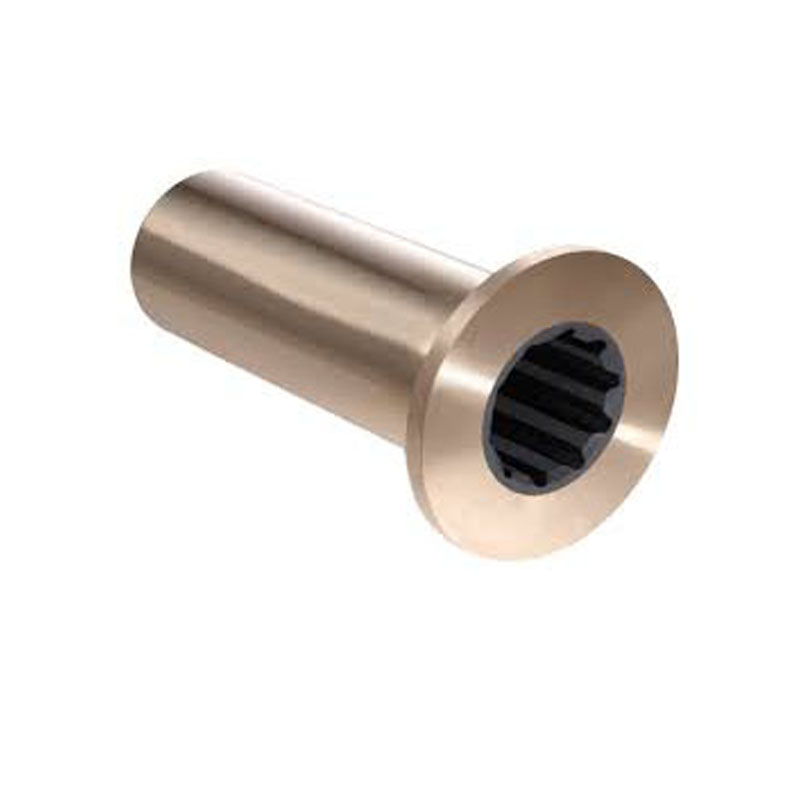automobile oil seal
Understanding Automobile Oil Seals Importance, Types, and Maintenance
Introduction
Oil seals play a crucial role in the functioning of an automobile. They are integral components that prevent oil leaks from various parts of the engine and transmission systems. This article will delve into the importance of oil seals, their types, and maintenance tips to ensure longevity and optimal performance.
What is an Oil Seal?
An oil seal, also known as a lip seal or rotary seal, is a mechanical component that seals the opening between two surfaces to prevent the leakage of lubricants, such as oil, while keeping contaminants out. Typically made from rubber or thermoplastic materials, these seals are designed to withstand extreme temperatures, pressures, and various automotive fluids.
Importance of Oil Seals
1. Preventing Oil Leaks The primary function of an oil seal is to prevent oil from leaking out of the engine or transmission. Leaking oil can lead to significant engine damage, as well as environmental hazards.
2. Maintaining Lubrication By preventing leaks, oil seals help maintain adequate lubrication within the engine or transmission, ensuring that moving parts have proper protection against wear and tear.
3. Protecting Against Contaminants Oil seals prevent dirt, dust, and moisture from entering sensitive areas of the engine. Contaminants can cause wear and damage to internal components, leading to costly repairs.
4. Extending Component Life By preventing leaks and protecting against contaminants, oil seals contribute to the extended life of engine and transmission components, ultimately saving vehicle owners money in repairs and replacements.
Types of Oil Seals
There are several types of oil seals used in automobiles, each designed for specific applications
1. Radial Shaft Seals These seals are commonly used in applications where a rotating shaft is involved, such as in crankshafts and camshafts. They have a flexible lip that adapts to the shaft's surface, creating a tight seal.
2. Flat Seals Often found in transmission applications, flat seals are used to seal mating surfaces. They do not have a lip and are typically used in static applications.
3. Mechanical Seals Used in pumps and other high-pressure applications, mechanical seals consist of two flat surfaces that press against each other to prevent leakage.
4. O-Rings While technically a type of oil seal, O-rings are circular seals made from elastic materials. They are used in various applications to prevent leakage.
automobile oil seal

Common Issues with Oil Seals
Oil seals can encounter several issues over time, primarily due to wear and tear
2. Deformation Oil seals can deform due to excessive pressure or heat, compromising their sealing ability.
3. Contamination Dirt and other contaminants can damage the lip of the oil seal, leading to leaks.
4. Incorrect Installation If oil seals are not installed properly, they may not provide an adequate seal, resulting in leaks.
Maintenance Tips
To ensure the longevity of oil seals, consider the following maintenance tips
1. Regular Inspections Regularly inspect your vehicle for any signs of oil leaks. Early detection can prevent more significant issues down the road.
2. Proper Installation When replacing oil seals, ensure they are installed correctly according to manufacturer specifications. Misalignment can lead to premature failure.
3. Choose Quality Replacement Parts Use high-quality oil seals from reputable manufacturers to ensure durability and effectiveness.
4. Monitor Fluid Levels Keep an eye on oil levels and ensure that they are within the recommended range. Low oil levels can lead to overheating and increased wear on seals.
5. Check for Contaminants Regularly examine the area around oil seals for dirt or debris that could compromise their integrity.
Conclusion
Oil seals are small yet vital components of an automobile's engine and transmission systems. Their ability to prevent oil leaks and protect against contaminants significantly contributes to the overall performance and longevity of your vehicle. By understanding the importance of oil seals, recognizing their types, addressing common issues, and implementing regular maintenance practices, vehicle owners can ensure their automobiles remain in top condition for years to come.
-
Understanding the Front Main Engine Seal: Purpose, Maintenance, and Installation
News Jul.29,2025
-
Understanding O-Rings and Seal Rings: Types, Applications, and Custom Solutions
News Jul.29,2025
-
Understanding Crankshaft Oil Seals: Rear Seals, Pulley Seals, and Their Role in Engine Integrity
News Jul.29,2025
-
The Importance of Front and Rear Crankshaft Seals in Engine Performance and Oil Management
News Jul.29,2025
-
Crank Oil Seals: Functions, Types, and Cost Considerations in Engine Maintenance
News Jul.29,2025
-
A Comprehensive Guide to O-Rings and Seals: Types, Materials, and Global Applications
News Jul.29,2025
-
Mastering Diesel and Performance Engine Maintenance: A Guide to Critical Oil Gaskets
News Jul.28,2025
Products categories















